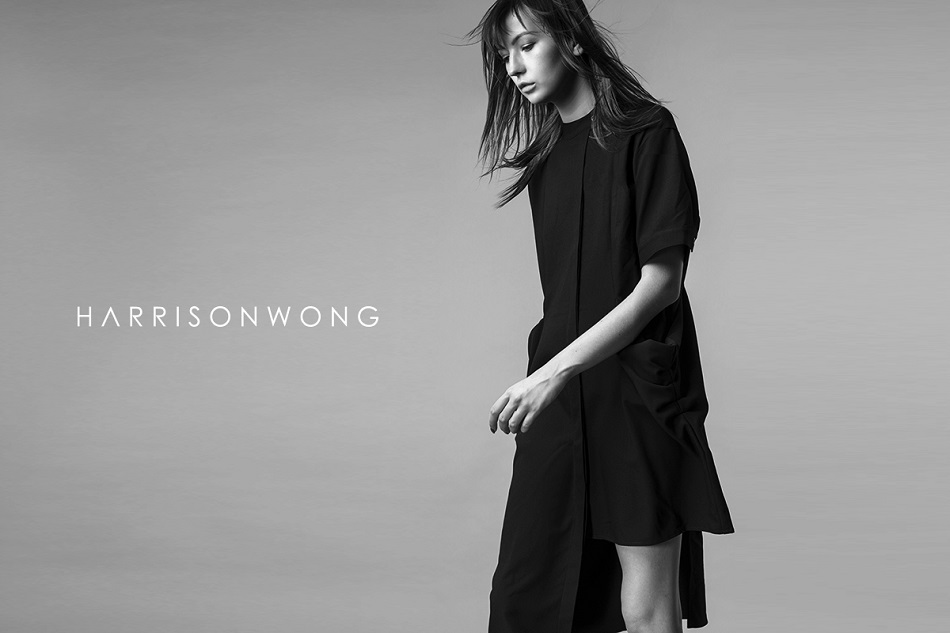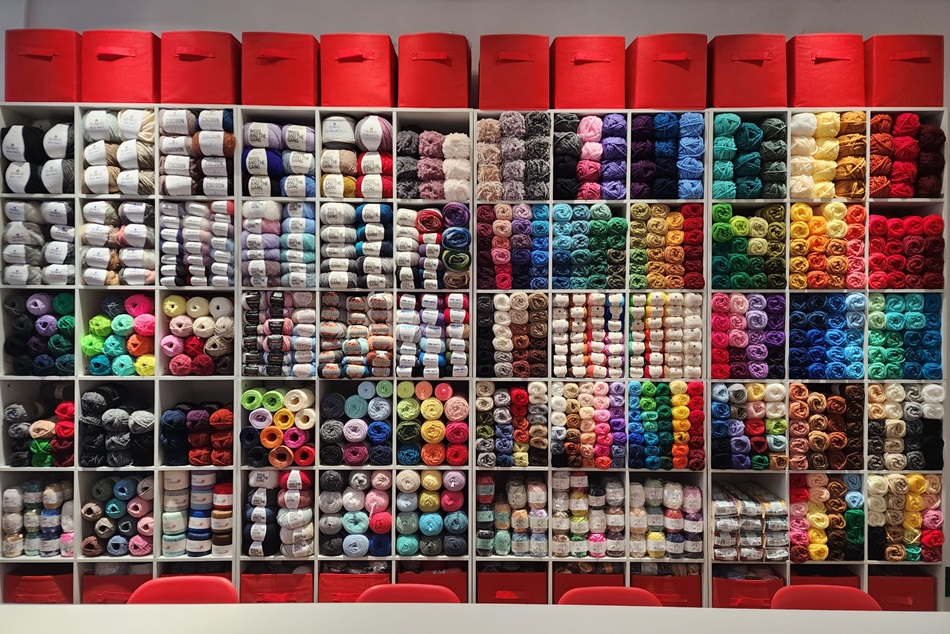Design Feature #46
A design dialogue between Taiwan and Hong Kong
Chad Liu & Javin Mo
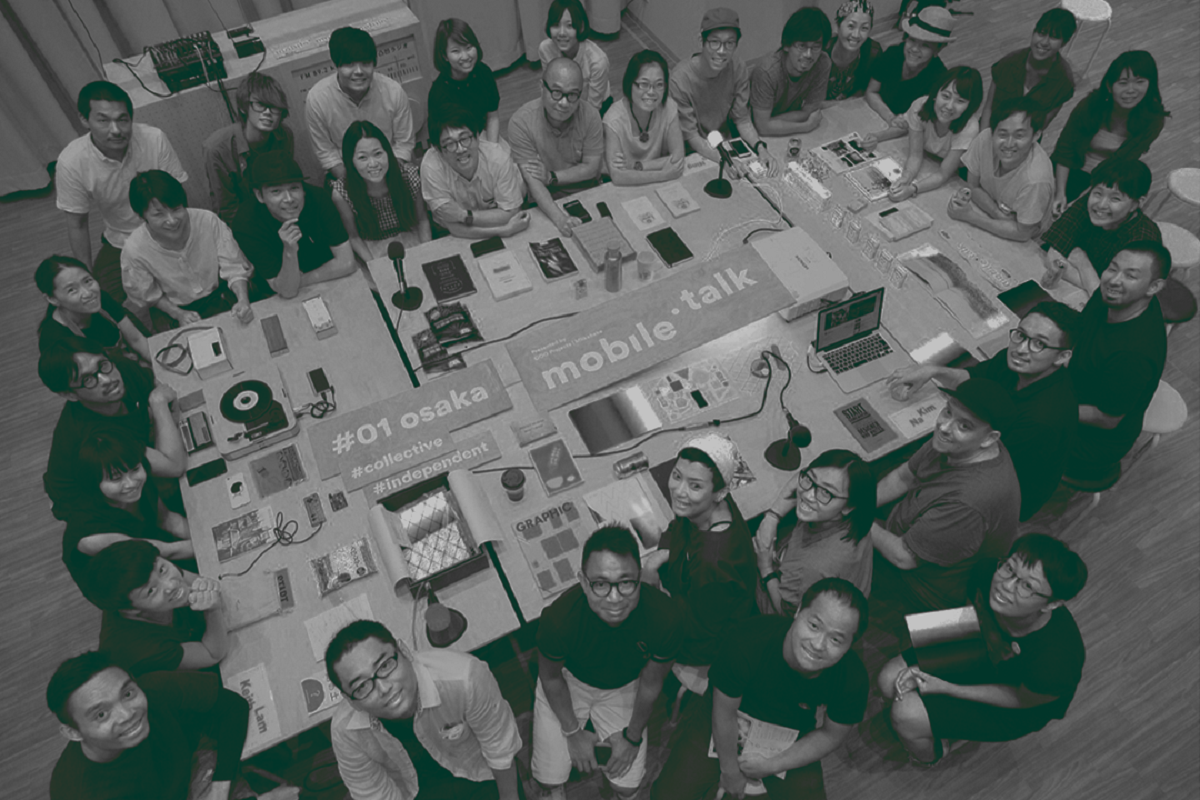
Written & Translated by: MIDWAY
Economic benefits and public infrastructure are indeed essential for the development of a city. But if the growth of a city relies only on monetary value, what are we missing afterall? Whilst we are striving our utmost to build a better future for the city, the truth is ‘design’ has already been quietly playing an important role in this regard.
Take Hong Kong and Taiwan as examples, although the speeds of development are different, there are similarities shared between them. On a special occasion*, we spoke with Chad Liu from Taiwan, creative director of the design platform Designsurfing based in Taiwan and Japan, and Javin Mo, a graphic designer and curator from Hong Kong, and be inspired by their points of view.
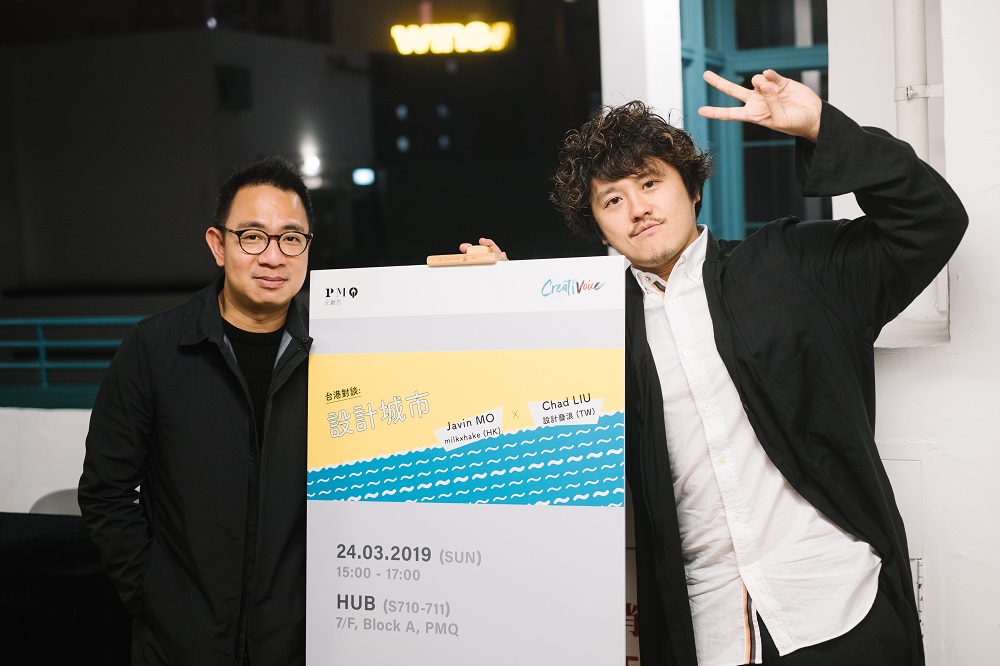
As the founder of a Taiwanese-Japanese design platform that stimulates exchange, Chad focuses on design projects and the line-up of design opportunities between the two places. Also as a design columnist, he has witnessed the evolution of design in Taiwan over the years, observed the growing importance of Taiwanese design as a matter of the moment. 2016 was the turning point for design because there was a thirst for changes politically and commercially. In view of that, the government of Taiwan invited designers to responsible for the visual presentations of major events nationwide. The success stirred up an upsurge in employing design as a problem solver, be it the public institutions, private organisations, and even established brands of over 100 years began to collaborate with designers, hoping to bring a new scene to life.
The animation celebrating the 100th anniversary of the President Official Building offered a fresh look, best demonstrating the determination of the Taiwanese government in inviting designers to bring in design elements to major events. (Video Source:www.youtube.com/watch?v=C1VybjyESbE)
Gradually Taiwan has placed importance on visual design. Some other specific examples such as the renowned“three Golden Awards – Golden Horse Awards, Golden Bell Awards and Golden Melody Awards. Over the course of four to five years, a significant progress in the reform of visual presentations of these awards have won a big round of applause from the public, which inspired many to look for a change.
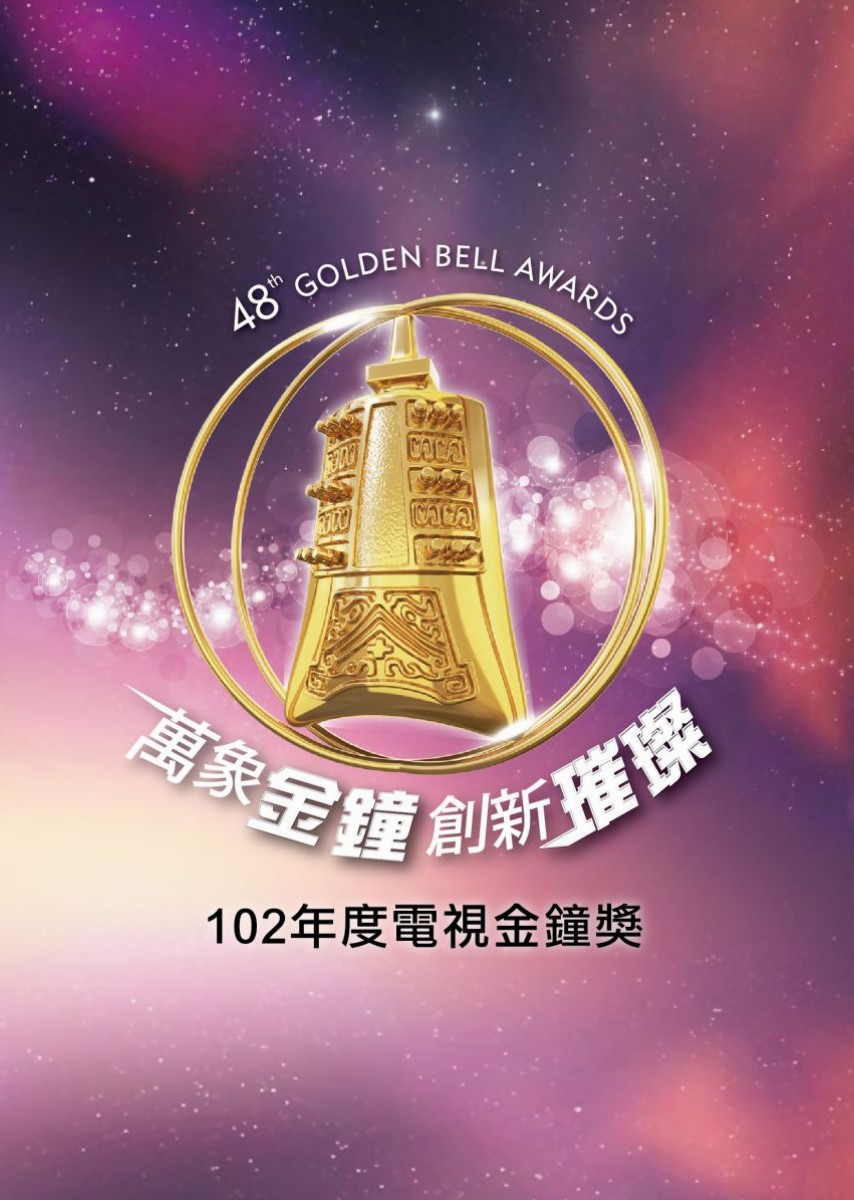
The visual design of the “Three Golden Awards” were confined by the influence of “gold”which produced an extravagant but unfashionable image.
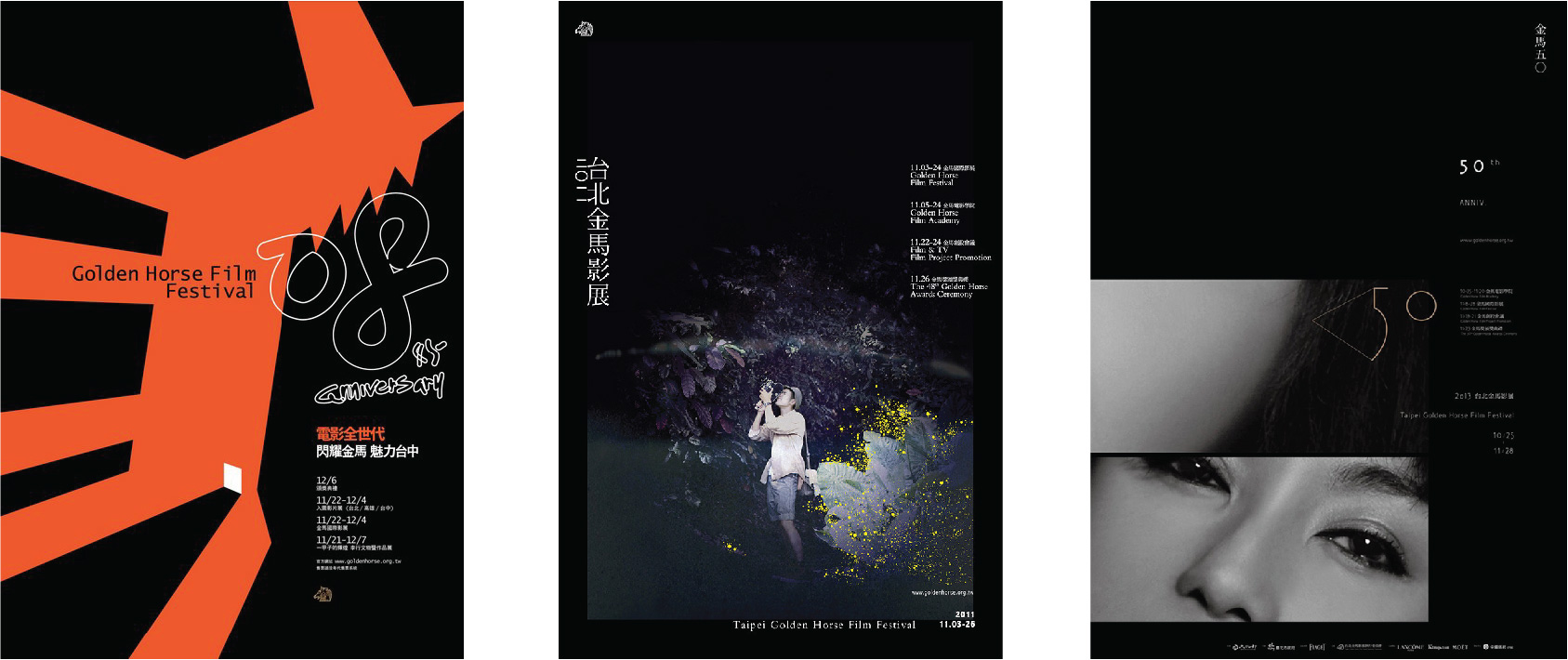
Aaron Nieh, the designer behind the two design reforms of the Golden Horse Awards, creating an impressive visual design campaign over the other two “Golden Awards”. (Image Source: Gold Horse Awards Executive Committee)

(Image Source: Golden Horse Executive Committee)
The visual design of the Golden Horse Awards 50th aroused the attention of the other two Golden Awards on the recognition of design elements in the programs. Joe Fang, who in charge of the overall visual design of the 51st Golden Horse. From stage design to website, the holistic approach turned the program into the most representative ever.
At public level, one classic example was the “Transforming Electrical Boxes”campaign across Taiwan in 2016. The objective of the campaign was to take electrical boxes as part of the cityscape, by giving a new look to them thus, a new look to the cityscape. As a successful program that involves the public, workshops and surveys were conducted in order to collect public opinions. Without the participations of the public throughout the process, the program would not achieve what it has done today. Of course, as a facilitator the role of designers cannot be ignored. By introducing design at all levels allowed us to think and rethink the importance of design in our daily life – a best reference for other cities to follow.
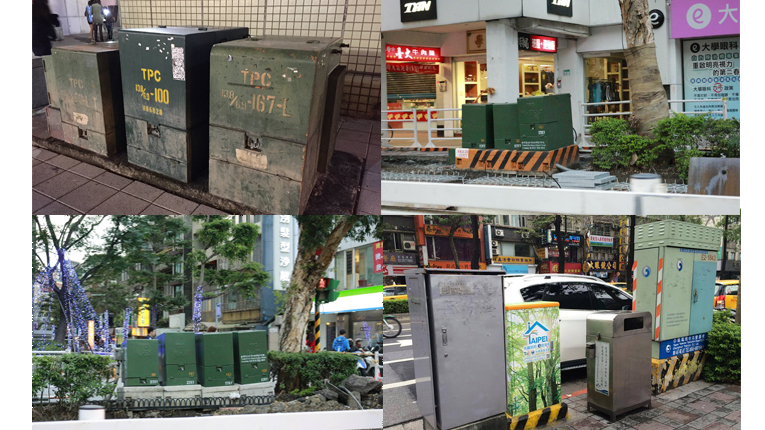
(Image Source:Facebook page@taipeiworlddesigncapital)
Unimpressive electrical boxes can be seen at every corner of Taiwan. City Yeast, an organization has their heart over the aesthetic of our living environment of Taipei, curated the program and invited citizens to focus on transforming 114 electrical boxes across five major pavements in Taipei.
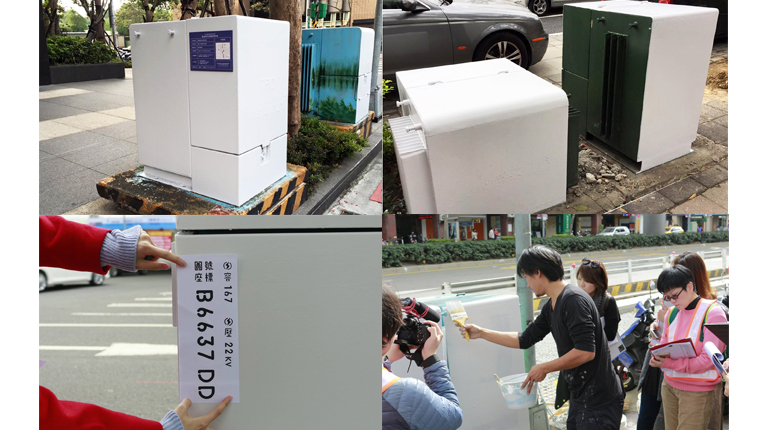
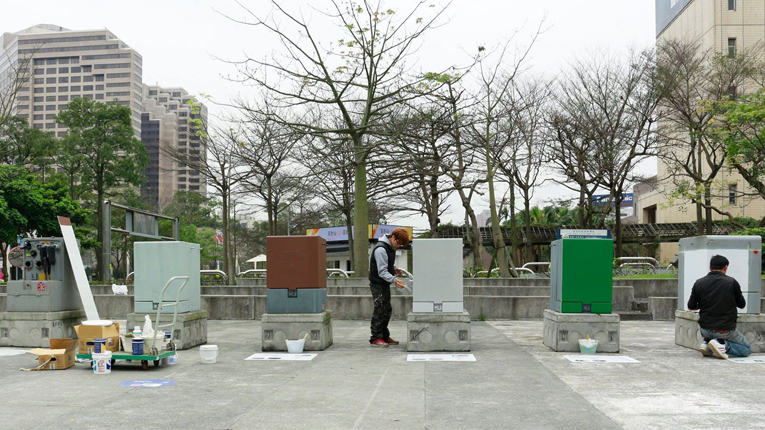
(Image Source:Facebook page@taipeiworlddesigncapital)
The team first used white paint to cover electrical boxes to arouse attention from the public. Then drawn a few samples for exhibiting purpose to attract public opinions and involvements on how to transform the them. With the proposals received, the appearances of 114 electrical boxes were successfully updated.
In the fast pace Hong Kong in contrast, design seems to have nothing to do with the city. When in an environment where everything is being calculated, opportunities offered to designers are rare.
Based in Hong Kong, Javin is an experienced designer looked at design from the past and believed that it had it’s glorious moment which does not last long. Although the glory past of Hong Kong is gone, he thinks there is hope and potential for designer if not none. He involved himself in many cross-cities design programs and talks in the past to connect designers across Asia, showcasing design power from the cities where the designers came from. Experience and results of each program were accumulated and brought on to another city for further discussion. Clearly, boundaries, venues and cultural differences were not any hindrances to the expansion of the discussion on urban design, where Hong Kong had been an active participant in all. Without any marketing or funding to promote the program, it had achieved a lot which best demonstrated the importance of the collective power from below – a vivid example that reflected the real situation facing Hong Kong.
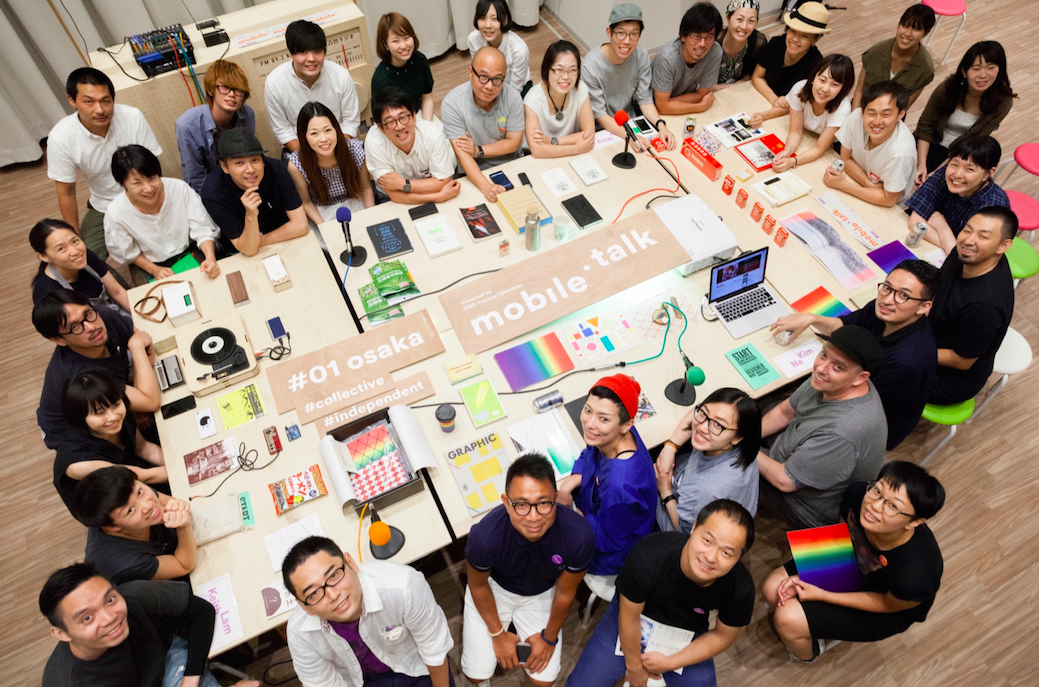
The first MOBILE TALK took place in Japan where participants from the three cities in Asia share the design stories with each other. (Image Source: Javin Mo)
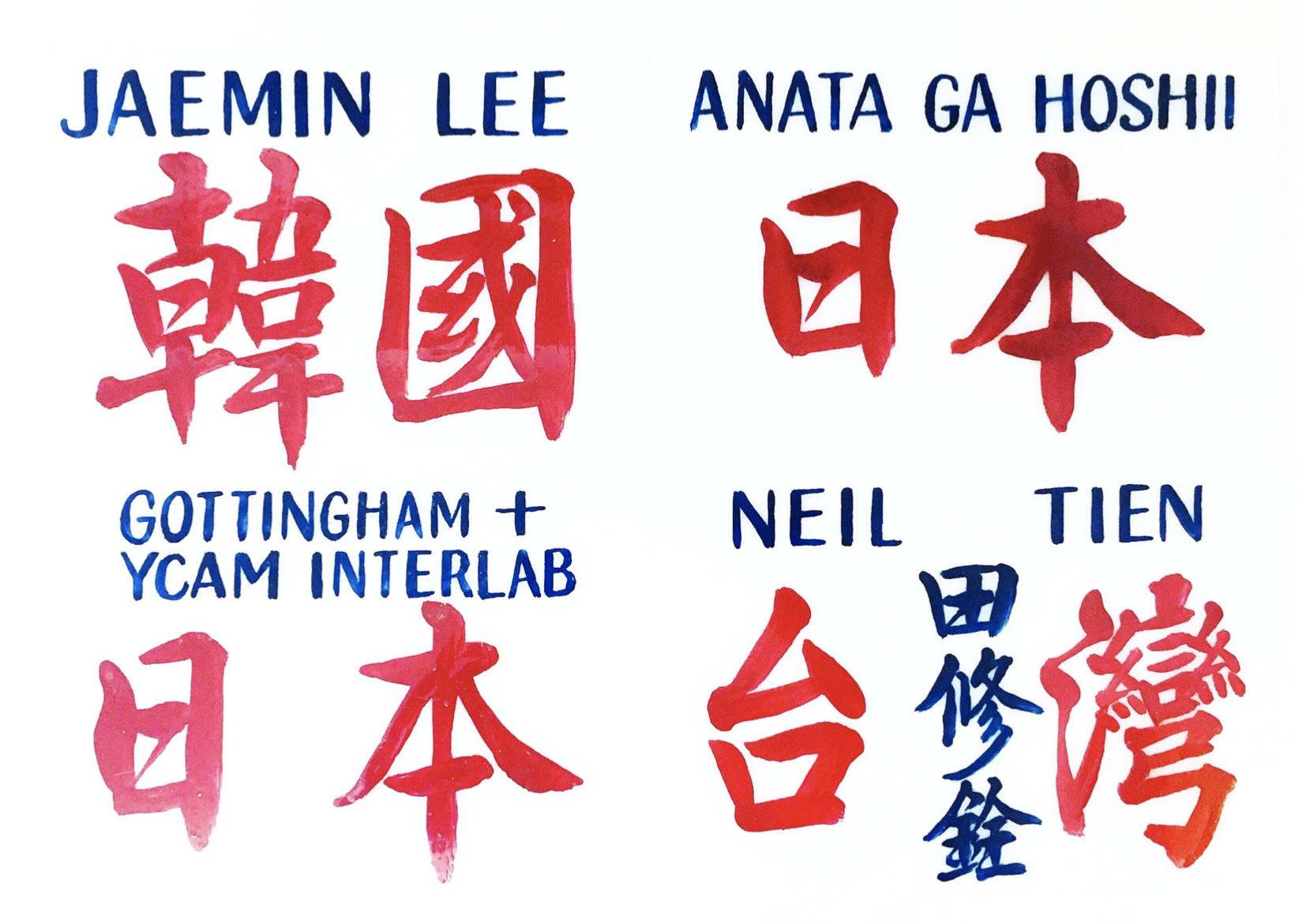
(Image Source: Javin Mo)
Local culture was infused strongly when hosting event in that city, as a result, works compiled has become a great archive that showcases Asian designs. For example, master who crafts minibus signs was invited to create a series of souvenir for the event taking place in Hong Kong.
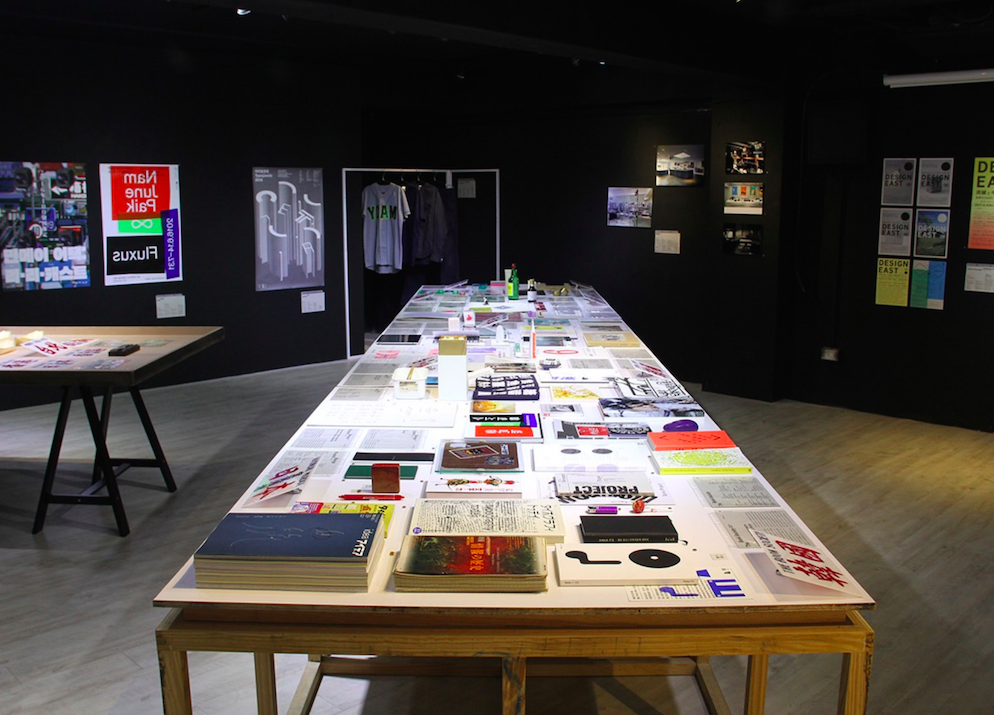
After hosting “Mobile Talk”in three cities, when it came to Taiwan it had become a significant scale of design exhibition.(Image Source: Javin Mo)
A dialogue unlocks the door of the next conversation. Topics of urban design not only inspires those who live in the city, but also encourages one to rethink the place where they come from. Hong Kong is a resourceful city among others in Asia, it is worth the time for us to rethink how design could contribute to the development of the city.
*About PMQ Creative Voice (Facebook @PMQCreativeVoice)
Design is inherently a form of communication that leads to mutual understanding.
PMQ Creative Voice has been curating regular design dialogues since May 2018. We invite at least two design units every time to discuss specific topics across different design disciplines, such as book design, comic design, spatial design, even reading and music.
The Internet has no boundaries and information can just make its way to us with just a click or a scroll, yet there seems to be no room for discussion. With a monthly two-hour gathering, whether it is a good design or a dilemma, we hope to connect everyone in the design community to explore and discuss under a relaxing atmosphere. Have a voice!

